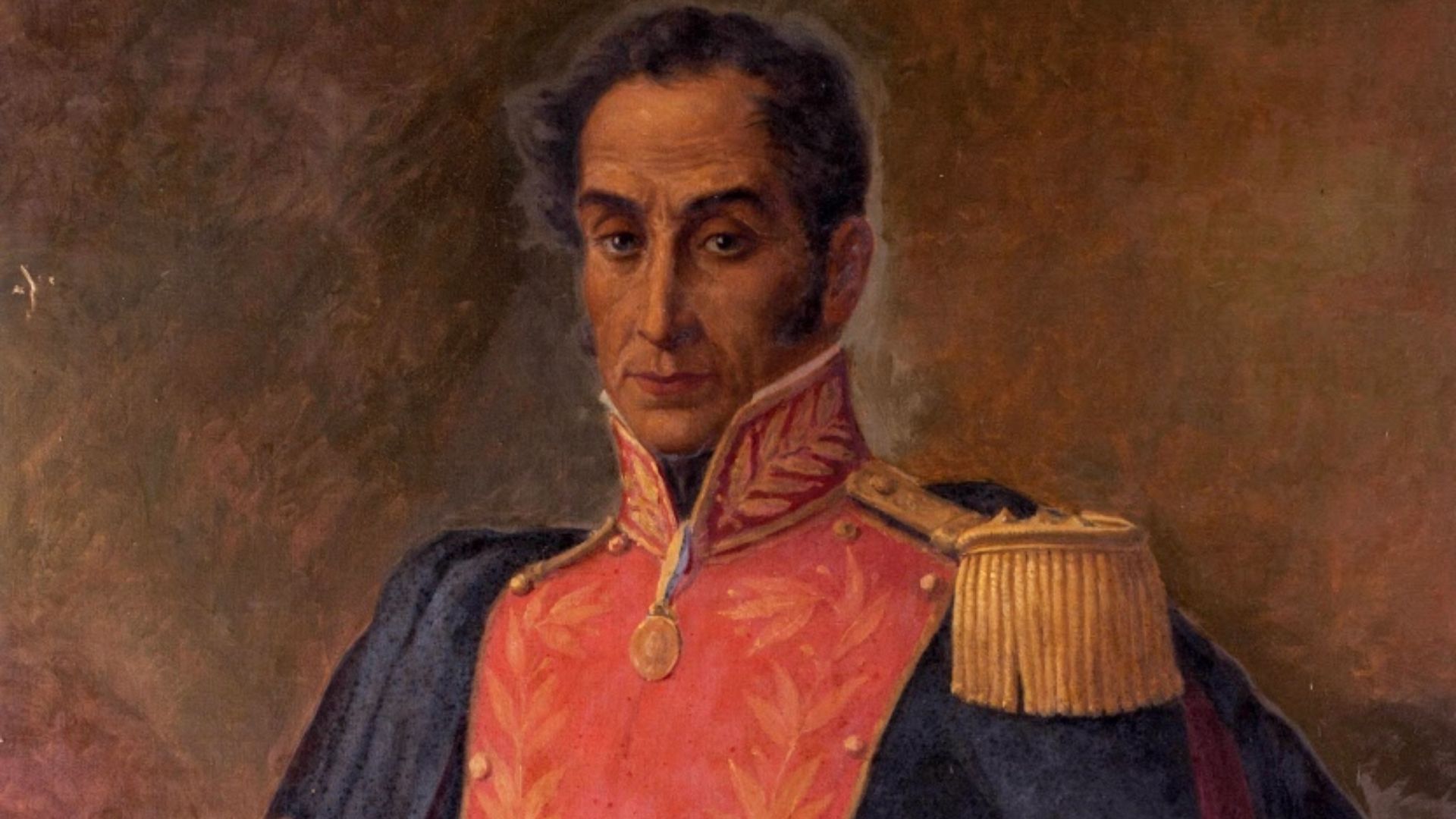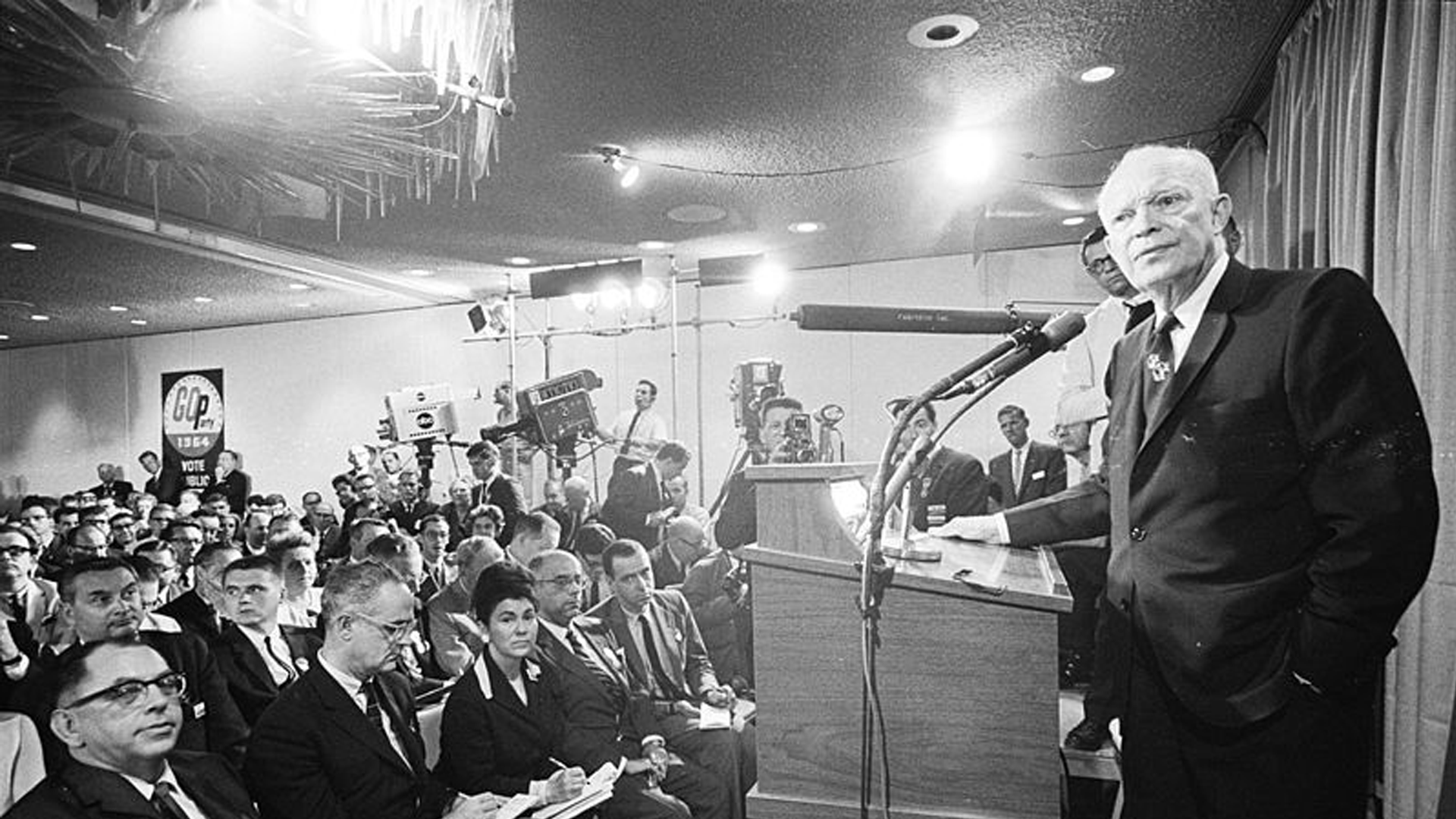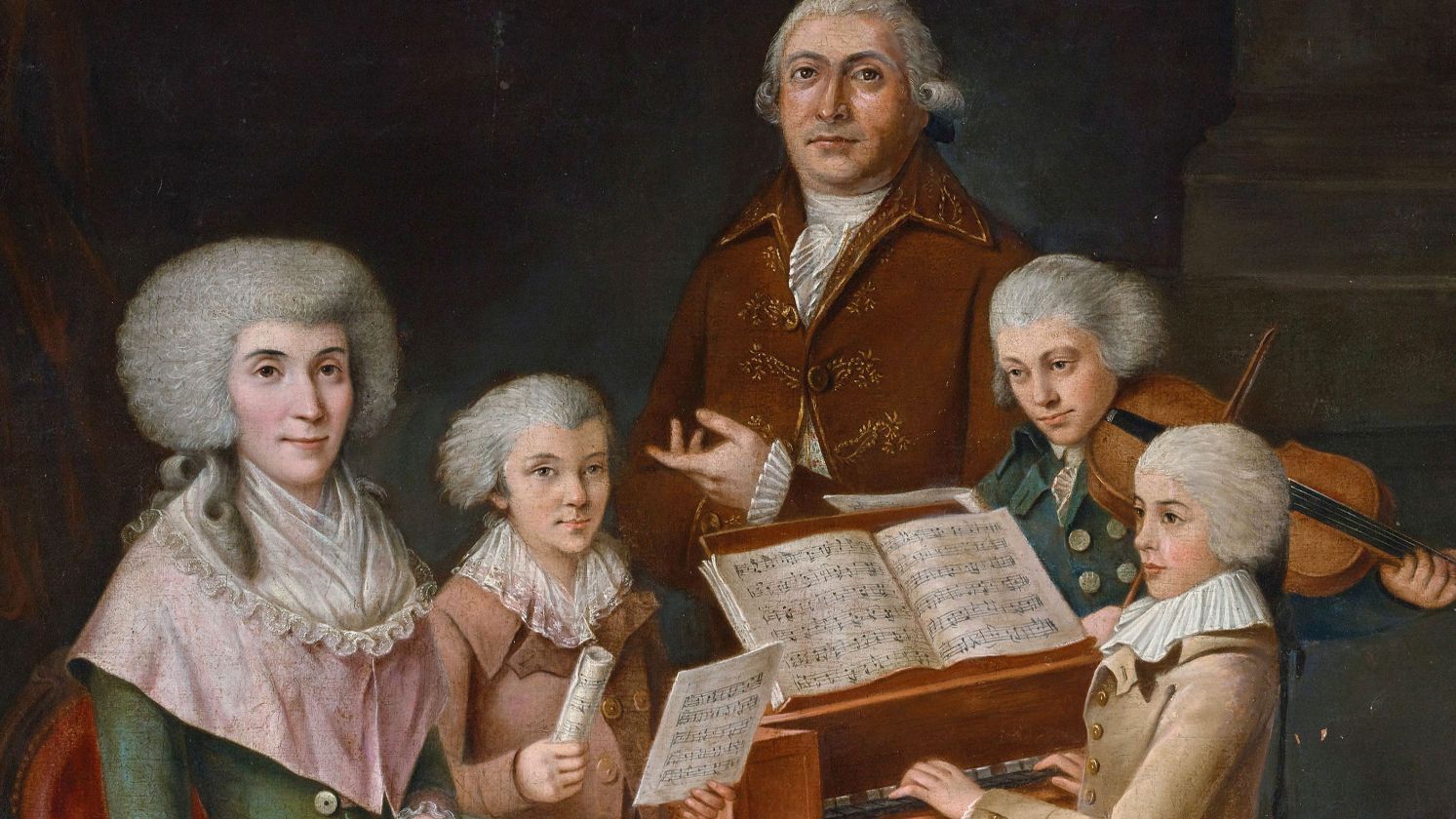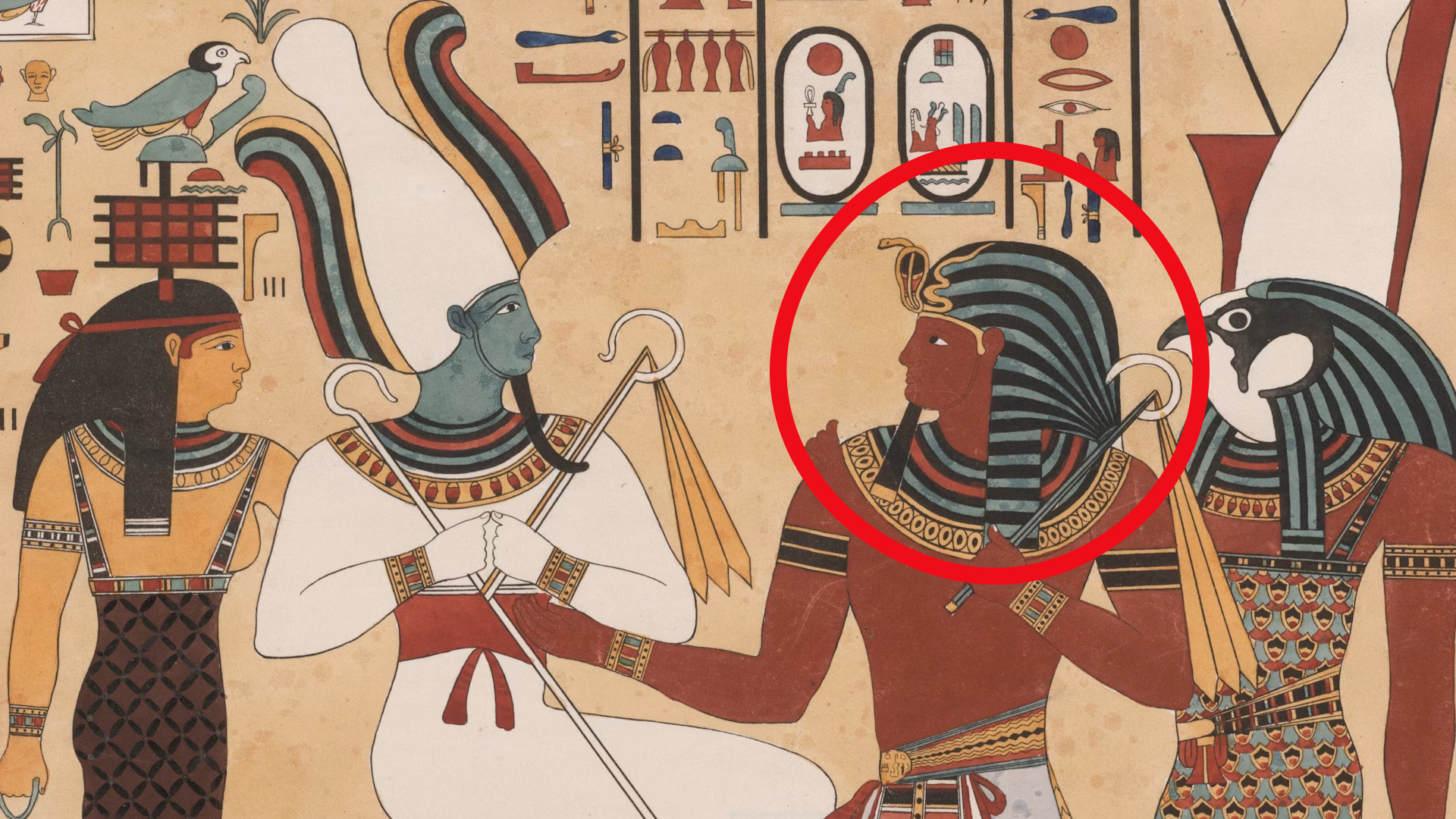History & Heritage
Running from September 15 to October 15, Hispanic Heritage Month celebrates the histories and contributions of Hispanic peoples across the world. This period was chosen as Mexico, Guatemala, El Salvador, Costa Rica, and Honduras all celebrate Independence Days in this time. While this period typically honors the contributions of Hispanic Americans, we've widened our scope to include more countries with even more to celebrate!
 Unknown authorUnknown author on Wikimedia
Unknown authorUnknown author on Wikimedia
1. The Mirabal Sisters
Growing up in Trujillo-era Dominican Republic, Patria, Minerva and María Teresa Mirabal knew a better world was possible. The sisters, known as Las Mariposas, became leaders of a resistance movement which sought to end the culture of violence, repression, and intimidation. After the sisters lost their lives in a "driving accident", vengeance was swift for Trujillo, and his dictatorial regime was quickly toppled.
 Unknown authorUnknown author on Wikimedia
Unknown authorUnknown author on Wikimedia
2. Carlos Finlay
Yellow Fever used to be one of the most feared diseases in the world, so how did it become easily preventable? Cuban doctor Carlos Finlay was the first to make the connection between the disease and the mosquitos who transmitted it. Finlay's hypothesis was ridiculed when it was first presented, it was only accepted with the help of the Walter Reed commission 20 years later.
 Unknown authorUnknown author on Wikimedia
Unknown authorUnknown author on Wikimedia
3. Zelia Nuttall
American archaeologist Zelia Nuttall changed the way we think about Mesoamerican cultures such as the Maya and Aztecs. Nuttall discovered forgotten manuscripts, coded the Aztec calendar, and shaped anthropology as a discipline. Nuttall combated salacious narratives of Maya and Aztec society being bloodthirsty and savage, and advocated for a revival of Indigenous traditions.
 Unknown authorUnknown author on Wikimedia
Unknown authorUnknown author on Wikimedia
4. Simón Bolívar
This list wouldn't be complete without Simón Bolívar. The liberator of South America, namesake of both Bolivia and Venezuela, Bolívar took advantage of Spain's weakness to depose colonial rule. Bolívar liberated Colombia, Panama, Ecuador, Peru, Bolivia and Venezuela from Spanish Empire.
 Ricardo Acevedo Bernal on Wikimedia
Ricardo Acevedo Bernal on Wikimedia
5. Manuela Sáenz
Who liberates the liberator? In this case, it was Manuela Sáenz. Sáenz served as Bolívar's aide-de-camp, lover, and ardent supporter, even protecting him from an attempt on his life. A gender rebel who smoked, appeared in military dress, and showed no interest in motherhood, Sáenz was an early advocate of women's rights.
 Marco Salas Yepes (1919-1994) copy of Tecla Walker on Wikimedia
Marco Salas Yepes (1919-1994) copy of Tecla Walker on Wikimedia
6. Cesar Chavez
The Great Depression left Cesar Chavez and his family no choice but to work as migrant workers in California. While migrant labor is still undervalued and misunderstood today, it was far worse for Chavez, who worked brutal hours without water or bathroom breaks. Inspired by the work of Mohandas Gandhi and Martin Luther King Jr, Chavez founded the United Farm Workers which led strikes for better working conditions.
 Los Angeles Times on Wikimedia
Los Angeles Times on Wikimedia
7. Sor Juana Inés De La Cruz
Latin America's first great poet was a woman, she was also a nun, a feminist, and a lesbian; her name was Sor Juana Inés De La Cruz. An intellectual powerhouse with knowledge of philosophy, literature, science, mathematics, and music, Sor Juana's convent became a space of learning as well as piety. Because of her opposition to the clergy, she was silenced by the church, her work censured, banned, and burned.
 Fray Miguel de Herrera on Wikimedia
Fray Miguel de Herrera on Wikimedia
8. Pedro Infante
Though Pedro Infante tragically passed at the age of 39, his brief yet memorable career spanned the golden age of Mexican Cinema. Infante acted in over 60 films in less than 20 years, quickly rocketing him to stardom, espeically among the urban working class. Infante was also a renowned ranchera singer, a movement which originated in traditional folk music.
 Unknown authorUnknown author on Wikimedia
Unknown authorUnknown author on Wikimedia
9. Gabriela Mistral
Chilean poet Gabriela Mistral was the first Latin American Nobel Laureate in literature. However, Mistral's career neither started nor ended with poetry; throughout her life, she was an educator, journalist, and diplomat. Mistral worked for the League of Nations and served as a consul across Spain, Italy, France, and America.
 Biblioteca Nacional de Chile on Wikimedia
Biblioteca Nacional de Chile on Wikimedia
10. Luis Walter Alvarez
Another Nobel Laureate, this time for physics, Luis Walter Alvarez played a major role in the develoment of radar during WWII, as well as contributing to the Manhattan Project. Alvarez won the Nobel Prize in 1968 for his work on elementary particle physics, which is a little over our head. Something everyone can understand is the Alvarez Hypothesis, which attributes dinosaur extinction to a large asteroid.
11. Dolores Huerta
Dolores Huerta was one of the founding members of the United Farm Workers, along with Cesar Chavez and Gilbert Padilla. Huerta was essential in organizing the Delano grape strike in 1965 and has advocated for feminist, immigrant, and LGBT+ rights since the '70s. If you ever needed a reminder that the past is close enough to touch, Huerta is still alive at the age of 95.
12. Luis Buñuel
Surrealist director Luis Buñuel is widely considered to be one of the greatest filmmakers of all time. Buñel's work was censored in both America and his native Spain for his political views, though he found some of his greatest success in Mexico. Buñuel's work is sharp, satirical, and shocking, as any film student who's seen his collaborations with Salvador Dalí can attest to.
 Emmanuel Radnitzky on Wikimedia
Emmanuel Radnitzky on Wikimedia
13. Petra Herrera
When you think of the Mexican revolution, you probably think of Pancho Villa and Emiliano Zapata, but what about Petra Herrera. Using male clothing and a male name, Herrera was one of many soldaderas who participated in the revolution. However, most soldaderas kept their involvement to matters of food and company, while Herrera formed her own brigade of female soldiers and demolitions experts.
 Scalif~commonswiki on Wikimedia
Scalif~commonswiki on Wikimedia
14. Ralph Lazo
The internment of Japanese Americans during WWII remains a stain on history, something Ralph Lazo agreed with. Lazo was the only non-Japanese, non-spouse internee, a stance he chose voluntarily when his classmates were forcibly removed. In the camp, Lazo entertained and taught orphaned children; after the war he fundraised for reparations, resulting in the Civil Liberties Act of 1988.
15. Dolores Del Río
Dolores del Río wasn't Mexico's first movie star, but she was the first to gain crossover appeal in Hollywood. Del Río seamlessly made the leap from silent to "talkie" cinema, something that many of her co-stars struggled with, acting in a diverse range of genres from crime melodramas to musical comedies. One of her films, María Candelaria, was the first Mexican film to be screened at Cannes, and the first to win the top prize.
 Studio photographer, Ernest A. Bachrach on Wikimedia
Studio photographer, Ernest A. Bachrach on Wikimedia
16. Pablo Neruda
The third Nobel Laureate on this list (but not last), Pablo Neruda was a poet, diplomat, and senator. Encouraged by Gabriela Mistral, neruda published his first poet age 13; Neruda's work ranged from love poems to historical epics and poltical manifestos. Neruda is consdiered the national poet of Chile.
 Unknown (Mondadori Publishers) on Wikimedia
Unknown (Mondadori Publishers) on Wikimedia
17. Celia Cruz
One of the most popuilar Latin artists of the 20th century whose influence is still felt (and heard) today, Celia Cruz was known as the Queen of Salsa. Being a singer did not have the same prestige as it does today, so Cruz took an enormous swing when she performed on a radio show. Today, you can find Cruz's likeness on quarters in the American Woman series.
 Ibrahim Arce (Narcy Studios photographer), most likely on Wikimedia
Ibrahim Arce (Narcy Studios photographer), most likely on Wikimedia
18. Roberto Clemente
Pittsburgh Pirates right fielder Roberto Clemente was the first Latin American player inducted into the National Baseball Hall of Fame. A Puerto Rican of Afro-Latino descent, Clemente was doubly disadvantaged at the start of his career, but rose to become one of the most famous players in Pirates history. He tragically lost his life in a plane crash while derivering aid to earthquake victims.
 Unknown authorUnknown author on Wikimedia
Unknown authorUnknown author on Wikimedia
19. Frida Kahlo
Known for her surrealist self-portraits, Frida Kahlo's art explored race, gender, and class in Mexican society. Kahlo's paintings were inspired by Mexican folk culture, combining pre-Columbian and Catholic elements, along with her leftist politics, and disability. While Kahlo's work is beloved today, her work was overshadowed by her husband's, and were first assessed on their own merit after her death.
20. Gabriel García Márquez
Magical realism is a literary genre most often associated with the writers of 20th-century Latin America, most notably, Gabriel García Márquez. García Márquez's work straddle the line between the physical and metaphysical, earning him the Nobel Prize in 1982. García Márquez is called "the greatest Colombian who ever lived" and is the most-translated Spanish-language author.
KEEP ON READING

20 Important Names From World War II You Should Know
Key Players From World War II (For Good or Bad).…
By Cathy Liu Nov 7, 2024
Becoming An Adult: 20 Rites Of Passage Performed Worldwide
Growing Pains. There are many ways to signify that you’re…
By Breanna Schnurr Oct 8, 2025
The Musical Prodigy: 10 Fascinating Facts About Mozart & 10…
Secrets Behind the Symphony. Wolfgang Amadeus Mozart remains one of…
By Chase Wexler May 5, 2025
The Mysterious "Sea People" Who Collapsed Civilization
3,200 years ago, Bronze Age civilization in the Mediterranean suddenly…
By Robbie Woods Mar 18, 2025
20 Inventors Who Despised Their Creations
Made It… Then Hated It. Inventors often dream big, but…
By Chase Wexler Aug 8, 2025
20 Incredible Items In The British Museum People Say Were…
Mystery In History. The mighty halls of the British Museum…
By Chase Wexler Sep 8, 2025





